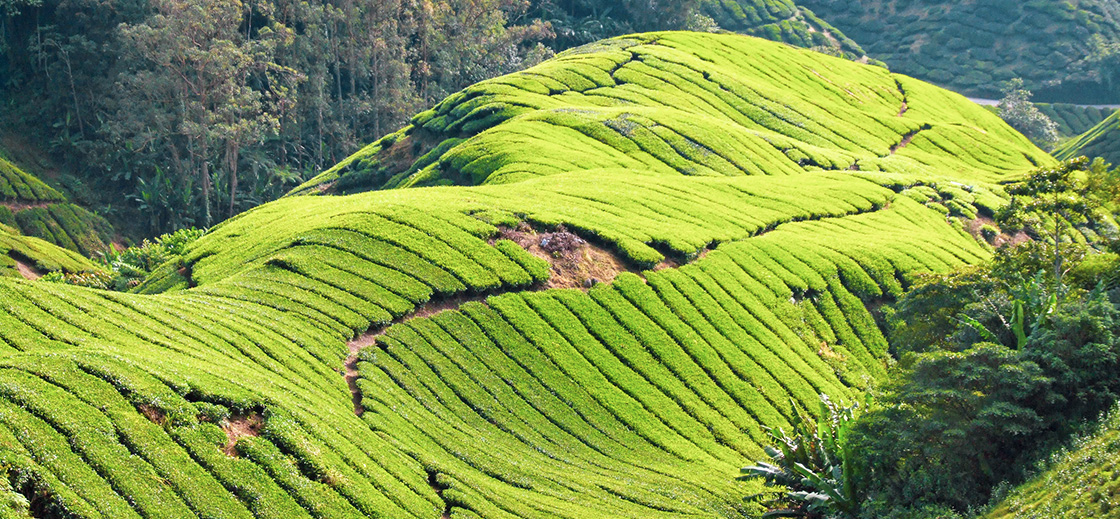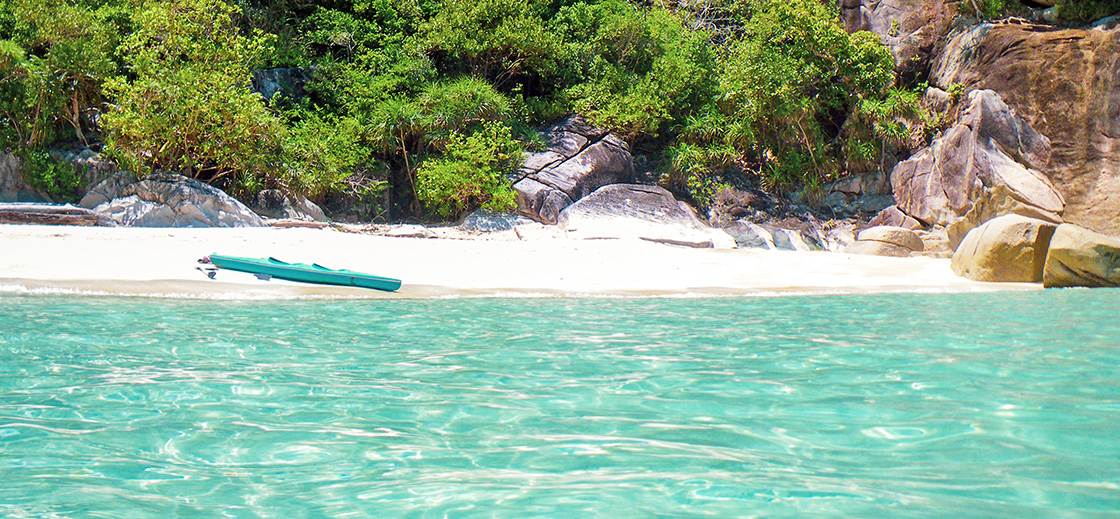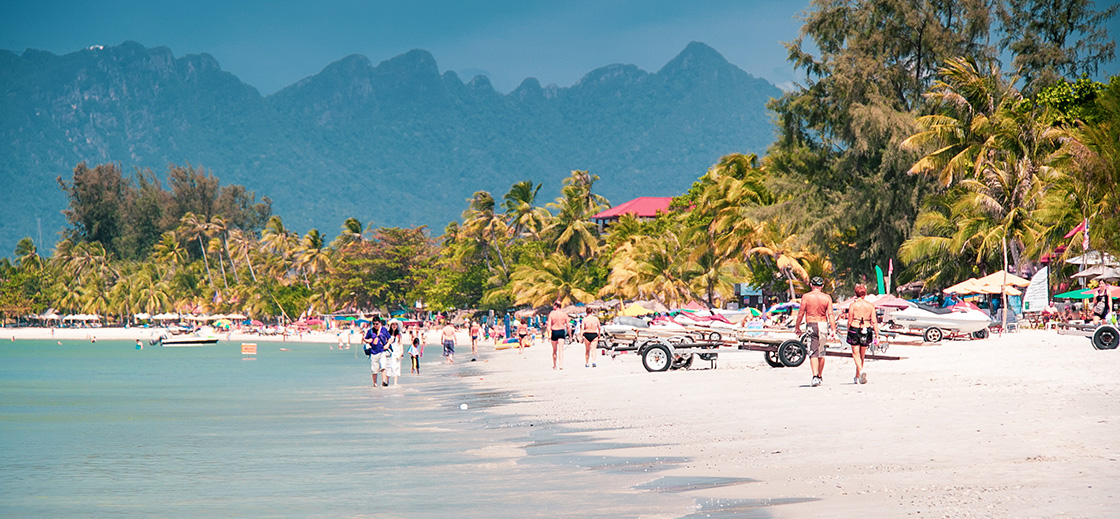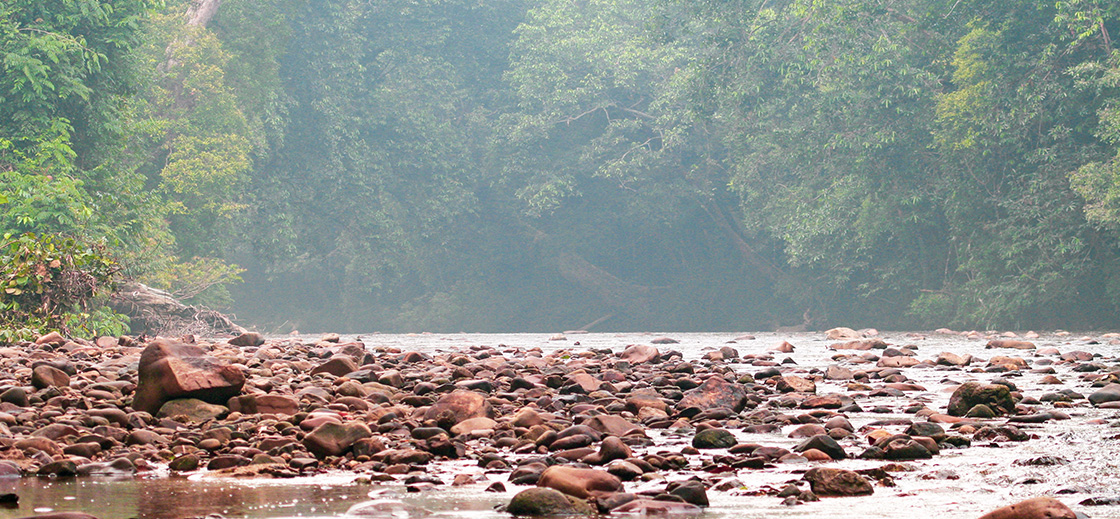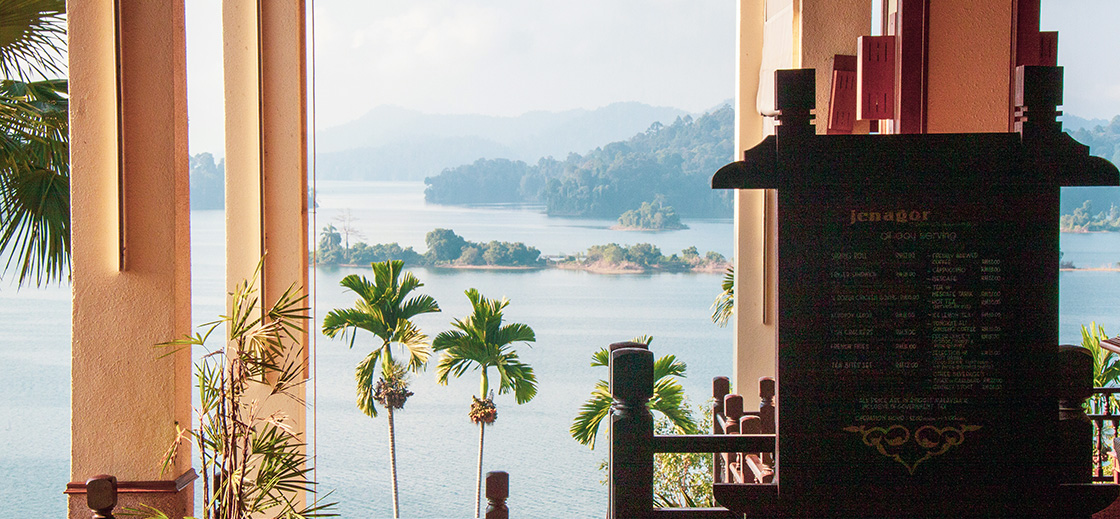History of Penang Island
The island of Penang is located in the Strait of Malacca and was an important trade route for Europe, the Middle East, India and China in the distant past. It is because of this that the island has such a diverse melting pot of cultures; travelers all brought their own culture to Penang. One of the main reasons merchants used Penang on their route is because of the monsoon. The Strait of Malacca is exactly on the crossing of two monsoon periods. They could not set sail until the winds were favorable.
Our pages on Penang
- Attractions
- General information
- Getting around Penang
- Getting to Penang
- Georgetown
- Resorts and hotels
- Shopping malls
On this page:
Early history of Penang
Before Penang got its own government, the island was part of the state of Kedah. Kedah was an important Indian centre of influence and trade. In ancient texts Kedah is mentioned as the area which had the first Malaysian establishments. Kedah would also have an important role in the history of Malaysia. The Indian merchants already came to the Peninsular Malaysia before the 1st century. The main reason being to collect merchandise such as herbs, spices and gold. The Indians brought their own religion and culture with them; this is how Buddhism and Hinduism were introduced to Penang. Around the 9th century Muslim merchants from India and the Middle East set foot ashore Penang and the rest of the Malaysian peninsula. They were also mainly there for the trade to Southeast Asia. Unlike the Indians (Buddhists and Hinduists) and Chinese, the Muslims spent a lot of time in spreading the Islamic religion. The Islam spread quickly in this region.
Penang was discovered by Chinese merchants in the 15th century; it was then when the island was first charted. This was later changed to Penang, which in Malaysia's native language means areca nut. Under the command of admiral Cheng Ho China became an important trading partner in Penang. Ping-Lang-Seu is the name he gave the island. The Chinese were especially interested in goods and materials. In exchange the Chinese brought their own goods and techniques to Penang and the rest of the Malaysian peninsula.
Around the 14th century dribs and drabs of European merchants set foot on Penang. The first ones were Portuguese. By keeping the maps secret the Portuguese had a monopoly in Southeast Asia. It was not till 1595 that the Dutch (VOC) arrived in Southeast Asia, not long after that the English arrived. The Englishman Francis Light convinced the Sultan of Kedah to handover Penang to the British East-India Company. Francis Light founded - not long after an English board was introduced - Georgetown, after the English king George IV. According to old documents Light used the following solution to making Penang accessible (a dense jungle at the time). To motivate laborers he fired a cannon filled with silver coins into the jungle. The jungle was cleared in a short period of time, making the construction of Georgetown possible. Before the 20th century merchants mostly came to Penang for the merchandise, this is why the island is known as 'Pearl of the Orient'.
Historical overview
- 4th - 7th century: The Kingdom of Bujang Valley (Hindustan/Buddhist) rules the Northwest part of Peninsular Malaysia.
- 7th - 8th century: Sumatran kingdom of Srivijaya rules Kedah.
- From the 14th century: Portuguese traders set foot on the island of Penang.
- In the 15th century the Chinese explore the Andaman Sea including Penang Island.
- Penang was ceded to the British East India Company in 1786 by the Sultan of Kedah, in exchange for military protection from Siamese and Burmese armies who were threatening Kedah. Sir Francis Light founded Georgetown. This was the first British settlement in Southeast Asia.
- In 1805, Penang's colonial status was elevated to that of a Residency.
- 1816: 'Penang Free School'; First school in Malaysia.
- 1821: Kedah is part of the Thai empire.
- 1824: The English and the Dutch divide parts of Indonesia and Malaysia. The Dutch take over Indonesia, the English Malaysia.
- In 1826, Penang, along with Malacca and Singapore, became part of the Straits Settlements under the British administration in India.
- From 1840: Discovery of huge supplies of tin in the state of Perak. As a result Penang evolves into an important trade centre.
- 1896: 'Federated Malay States', Kuala Lumpur is the main capital.
- 1905: Penang has electricity.
- From 1910: Rubber becomes the most important export product; Penang again is the main commercial trade centre.
- 1941: Penang is heavily bombed by the Japanese invaders. Soon after this the English gave up Penang.
- 1945: Japan surrenders and is chased away from Malaysia. Soon after the 2nd World War is ended; as a result the English came back to Penang; however; their position would never be that strong again.
- 1957: Tunku Abdul Rahman becomes the first Prime Minister of independent Malaya.
- After negotiations in July 1963, it was agreed that Malaysia would come into existence on 31 August 1963, consisting of Malaya, Sabah, Sarawak and Singapore.
- 1985: Penang Bridge is opened for public; it is the fifth longest bridge of the World (13,5km).
- 2004: December: Tsunami hits Southeast Asia. Massive damage on the islands of Langkawi and Penang. Unfortunately there are casualties.
- 2004: Penang was recognized as having the Best Street Food in Asia by TIME magazine.
- 2005: Penang gets 'Cybercity' status.
- 2006: Cab drivers are obliged to drive with their taximeter on (nobody accepts this change in rules).
- 2006: August: Government of Penang approves plan to build a monorail transit system between Tanjung Tokong and Bayan Lepas (however, there is no monorail up to this day).
- 2008: Penang was formally inscribed as a UNESCO World Heritage Site alongside with Malacca.
- 2008: Government cancels building of monorail; all activities are stopped instantly.
- 2008: Over 1.6 million people inhabit the island of Penang.
- 2008: Penang 2nd bridge is being build to release traffic congestion between the island and the mainland. Work should finish in 2014.
- 2009: Penangite Lee Chong Wei currently ranks as No.1 badminton player in the world.
- 2009: Penang attracted 5.96 million tourists, ranking third in tourist arrivals in Malaysia.
- 2010: Penang had the highest total of capital investments in the country. The state attracted RM12.2 billion worth of investments.
- 2010: Penang is emerging as a popular location for medical tourism. 250,000 foreign patients were treated that year.
- 2011: Penang Hill funicular is open again for public after a long system upgrade.
